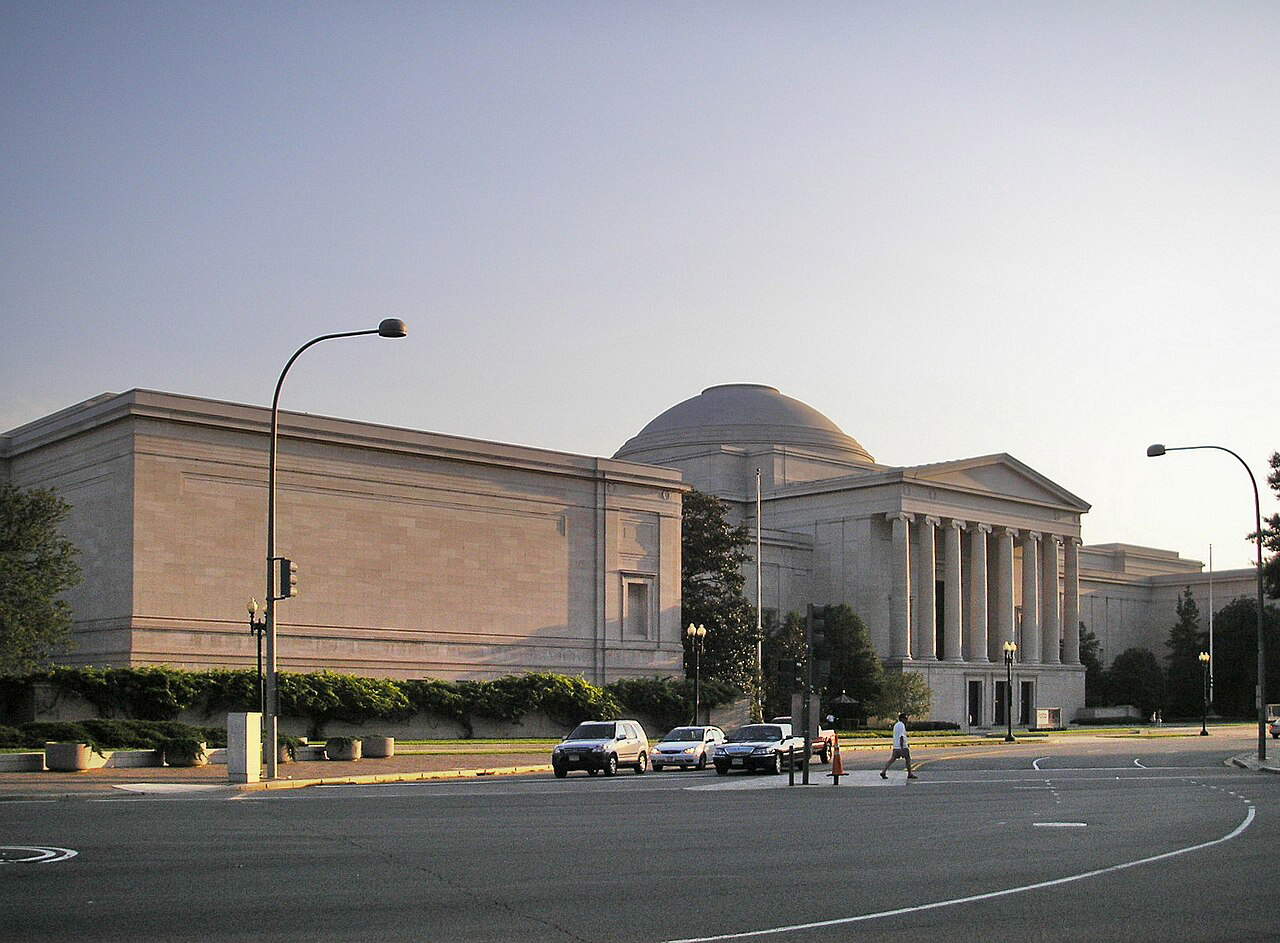Those who visit the website of the National Gallery of Art in Washington these hours will find the entry “Cancelled” on all the events and exhibitions scheduled for these days: the museum has in fact closed indefinitely due to the shutdown of the U.S. federal government, the freeze on administrative activities that occurs in the United States when the budget bill is not passed. This is the fourth shutdown the US has experienced under Donald Trump. The announcement of the National Gallery’s shutdown, on the other hand, came on Saturday, with a brief announcement released on the museum’s official channels, “As of tomorrow, October 5, the National Gallery will be temporarily closed and all programs will be canceled until further notice.”
The decision makes the National Gallery the first major museum in the capital to suspend its activities as a result of the federal institution shutdown, which went into effect at 00:01 on October 1. It is an immediate effect of the lack of funding resulting from the failed budget agreement, which has forced numerous public institutions to temporarily halt their services.
The museum, which had welcomed some 3.8 million visitors in 2023, 18 percent more than in 2022, had emerged as America’s most visited museum institution, surpassing New York’s Metropolitan Museum of Art for the first time since 2008, according to data from The Art Newspaper. Founded in 1937 through a donation by Andrew W. Mellon and jointly funded by private and public funds, the National Gallery is considered one of the world’s leading centers for the preservation and research of Western art, with a collection ranging from Leonardo and Vermeer to Rothko and Pollock.

The closure, concisely communicated through a post on Instagram, invites the public to consult a link for more information, but at the time of publication there are no specific updates on when it will reopen. All events, educational programs, and side activities have been suspended.
The greatest uncertainty concerns the fate of scheduled exhibitions. On October 18, the National Gallery was scheduled to open what is billed as the largest exhibition of Australian indigenous art ever organized outside Oceania. The exhibition, consisting of some 200 works from the National Gallery of Victoria in Melbourne, is still officially scheduled on the institution’s website, but the temporary closure casts doubt on whether it will actually open.
While the National Gallery has had to close its doors, the institutions of the Smithsonian Institution, the largest U.S. museum complex, remain open for now thanks to residual funds from the previous year. At first the Smithsonian had reported that it would remain operational “at least until Monday, October 6,” but a subsequent note on its official website extends the opening forecast to October 11. Beyond that date, the 21 institutions that are part of the complex could also be forced to close if the political stalemate in Washington continues.
The previous federal shutdown, the longest in U.S. history, lasted 35 days starting in December 2018, during Trump’s first presidency, leaving thousands of public sector workers, including many museum employees, without pay. Even then, cultural institutions in Washington had to suspend activities and services. The current shutdown is likely to have a similar impact, particularly for exhibitions currently being mounted and research and education programs related to the collections. The National Gallery, which depends in part on federal funds, may have to postpone some long-term initiatives, including collaborations with international museums and academic institutions.
The political environment remains uncertain. It is not yet clear when the government paralysis will end. Negotiations between Congress and the White House have stalled, while concern grows about the economic and cultural consequences of the shutdown. The museum closure, then, is not just a temporary operational obstacle, but a symbol of the vulnerability of cultural institutions that depend, at least in part, on the federal budget. In an uncertain and politically polarized economic environment, even iconic places of U.S. culture are facing the direct consequences of government decisions.
For American and international audiences, the National Gallery in Washington remains a landmark space, but now its immediate future hangs in the balance, waiting for the political stalemate to resolve. Until then, its halls will remain closed, programs canceled, and exhibitions postponed. A silence that weighs on the cultural heart of the capital.
 |
| National Gallery in Washington closes indefinitely due to shutdown |
Warning: the translation into English of the original Italian article was created using automatic tools. We undertake to review all articles, but we do not guarantee the total absence of inaccuracies in the translation due to the program. You can find the original by clicking on the ITA button. If you find any mistake,please contact us.